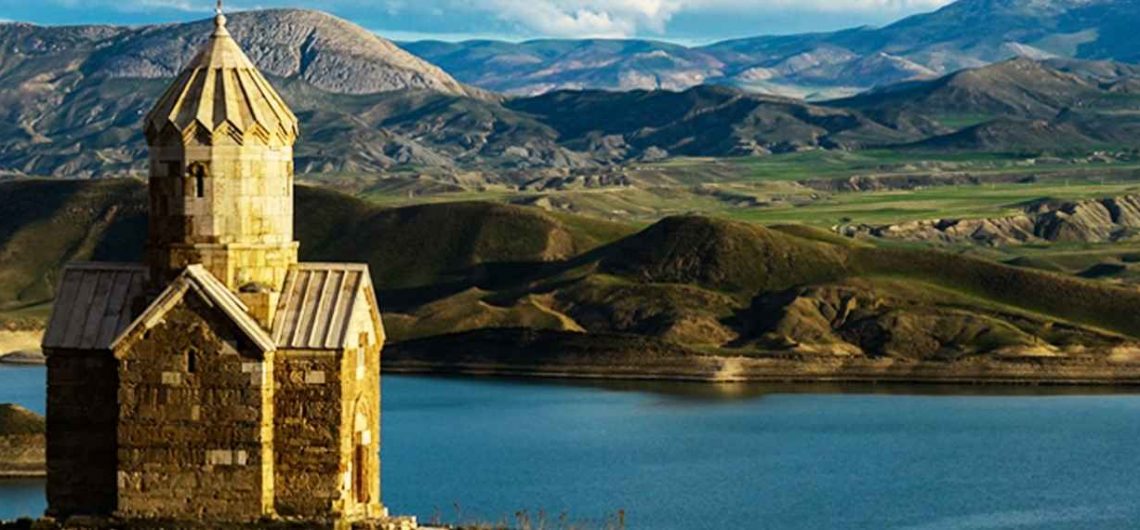Maku
Maku is a city in the Iranian province of West Azerbaijan. It is located 22 kilometers from the Turkish border, in a mountain gorge at 1,634 meters of altitude. Zangmar River runs through the city of Maku, the largest free zone in Iran. Maku was the capital of a Kangarli khanate, one of many small semi-independent khanates resulting from the disintegration of the Safavid empire in the 17th century.
Chapel of Dzordzor
This chapel is located in the town of Barón, in the Zangar Valley. To save it from damage, the church structure was erected and moved with the utmost care and concentration. This church dates from the 10th century AD. C.
Kara Klisa (Black Church)
The name is due to the color of the stones with which the church was built, in fact in the Azeri language kara means black. The Church of St. Thaddeus is one of the oldest and most notable Christian monuments in Iran and is of great importance to the Armenian Orthodox community of the country. Armenians claim that the Black Church was the first church in the world built in AD 68 by one of Jesus’ apostles, Saint Thaddeus, who went to Armenia to preach the teachings of Christ. The church consists of two parts: a black structure, the original church building from which it takes its name, and a white structure, the main church, which was added to the west wing of the original building in 1810.
Armenian monastic ensembles of Iran: UNESCO World Heritage
Located in northwestern Iran, the site is made up of three monastic ensembles of Armenian Christianity: Saint Thaddeus, Saint Stephen, and the Chapel of Saint Mary of Dzordzor. These buildings, including the oldest, San Thaddeus, dating from the 7th century, are universally valuable examples of Armenian architectural and decorative traditions. These monuments have witnessed the most important exchanges with other regional cultures, particularly the Byzantine, the Orthodox and the Persian. These three monasteries, located in the extreme southeast of the main nucleus of Armenian culture, were a center of great importance for the dissemination of this culture in the region. Being the last vestiges of Armenian culture, they have a satisfactory state of integrity and authenticity and in addition to being places of pilgrimage, they testify to the liveliness of the religious traditions of the Armenians for two centuries.
If you are passionate about mountains, religions, anthropology, historical landscapes and the fascinating culture of the Middle East, SITO Travel will help you organize your trip to Iran. Get in touch with us because our experience is born and developed in the field.



Comments